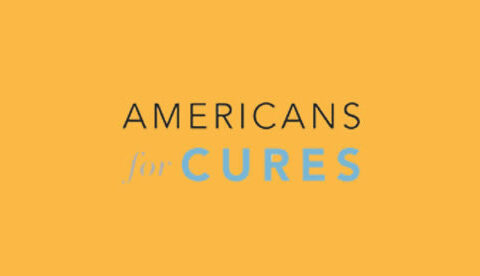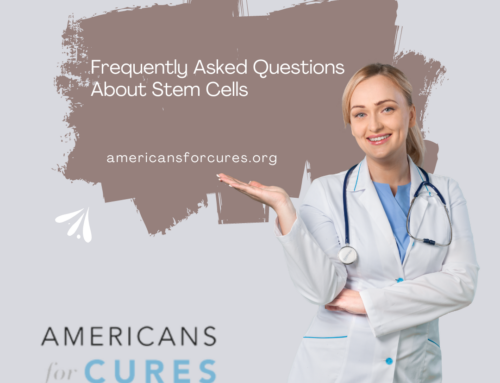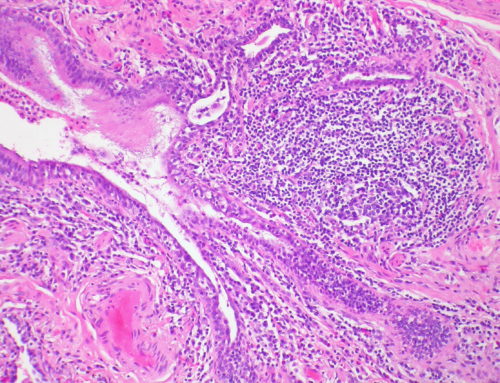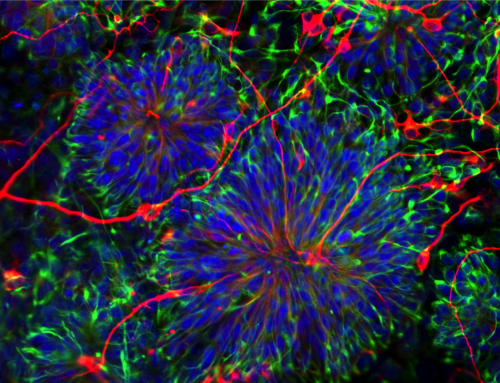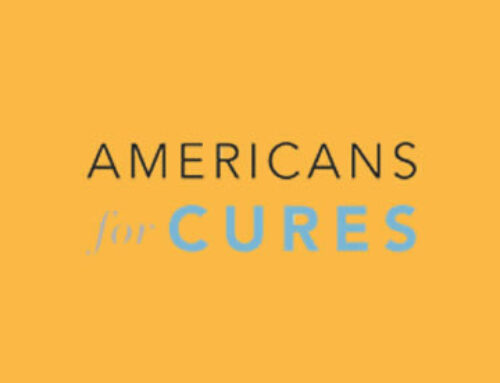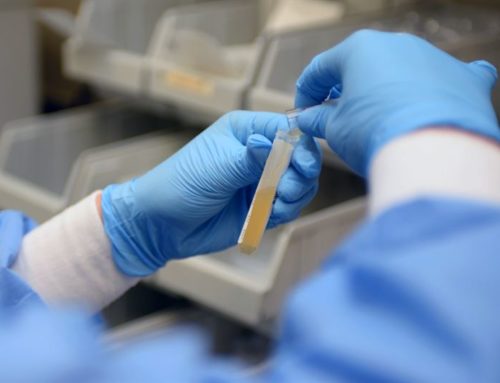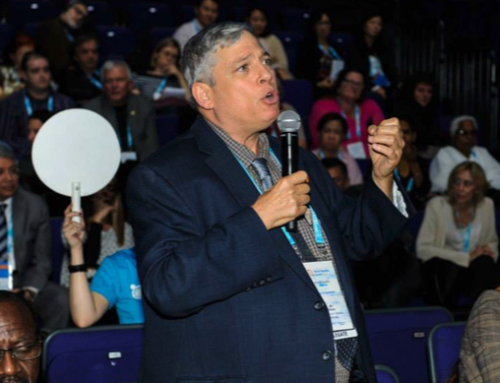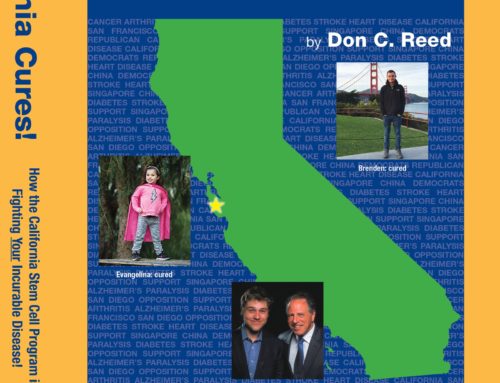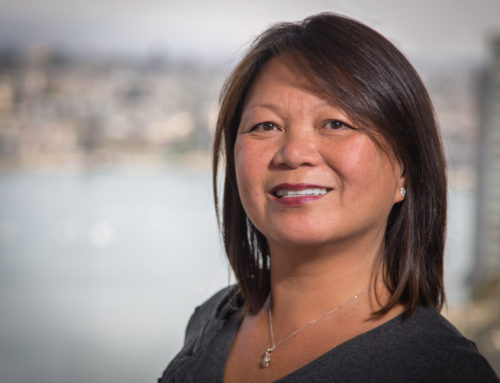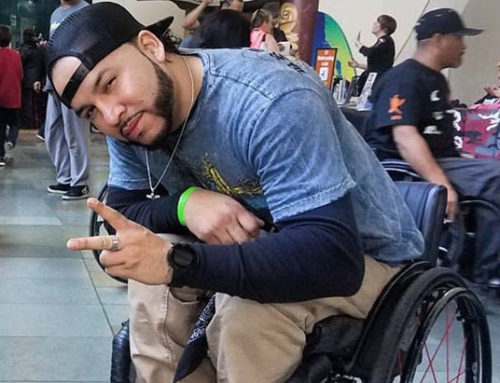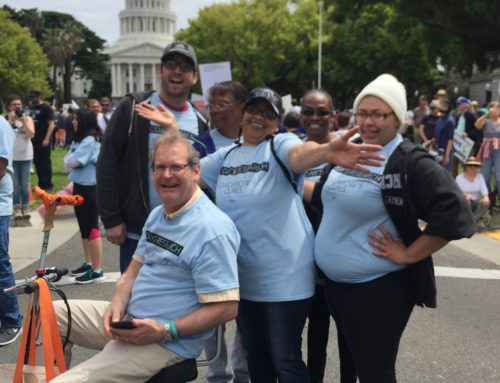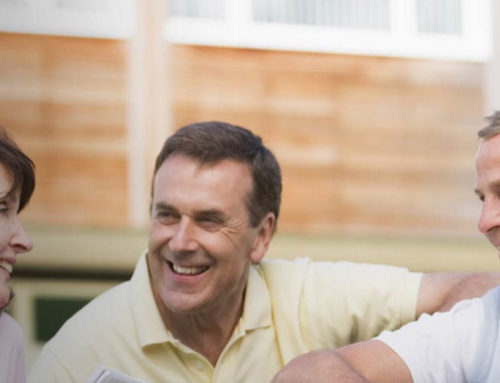Did you ever wonder how you hear, and what would happen if you couldn’t?
Deep within the ear, in the snail-shaped cochlea, 30,000 hair cells rest in a bath of liquid. When noise occurs, the hair cells tremble slightly. This sends vibrations to the brain, which translates them as sound.
When these hair cells wear out, there are no replacements. Lose some, and you become hard of hearing. Lose them all, and you are deaf.
Over the age of 65, about one third of the world’s population is completely deaf.
And those adults who are just “hard of hearing”?
“Approximately 15% of American adults (37.5 million!) aged 18 or over report some hearing loss.”
Hearing aids help, turning up the volume so you can hear noise, but in a distorted way. With or without the aids, hearing-challenged people face difficulties.
Anyone who has had to answer a hearing-challenged person’s endless questions—“What did you say? What was that?”—knows how irritating it can be.
But imagine if it is you that is partially deaf, needing others to speak louder, for every encounter of the day? And what if the hearing departs altogether?
Helen Keller, who was both blind and deaf, compared the two conditions:
“Deafness means the loss of the most vital stimulus…voice that brings language, sets thoughts astir, and keeps us in the company of man. Blindness separates people from things; deafness separates people from people.”
All too often a deaf person will sink into loneliness, depression and despair; they may quit trying to participate. And, of course, some jobs are denied them.
But if their hair cells could regrow, we might restore their hearing.
Do you know why there are no deaf chickens? Probably not something that comes up in conversation too often, but birds can regrow hair cells. If they can do it, why should humanity be denied the subtlety and grandeur of sound?
At Stanford University, a group of scientists want to rectify that situation.
“There are seven of us in the Stanford Initiative to Cure Hearing Loss (SICHL, pronounced like sea shell) working on different parts of the ear. As a group, we collaborate, and push hearing research forward,” said Dr. Alan Cheng, M.D., when we did a recent catch-up interview.
A surgeon, Dr. Cheng operates on deaf children, giving them a cochlear implant, a “complex electronic device that can help provide a sense of sound…”
But implants, like hearing aids, give only a crude imitation of normal sound. The person may understand speech, and warning signals, like a car horn, but that may be the extent of it
Dr. Cheng feels frustrated, because he does not have something better for the children. But that may change.
Our sound system has two parts: hearing, and balance. The hair cells in the hearing part do not regrow— but those in the balance system do.
A tiny balance organ, the utricle, is our center of gravity awareness. When the elevator drops, or the airplane swerves, we feel signals from the utricle.
And inside the utricle, hair cells can regrow.
Dr. Cheng may have found the stem cell that starts hair cell regeneration.
“How’s it going?” I asked him.
“It’s going!”, he said enthusiastically, “We see re-growth of hair cells in the mouse balance organs. And the balance function appears to improve, according to how many hair cells come back.”
And then, an unexpected delight, like money found between couch cushions.
There may be a way to prevent a major cause of deafness.
In poor countries, sick children are often given an antibiotic drug called aminoglycoside. This helps their immune system problems—but may also make them deaf. An estimated 30% of those who take this drug lose their hearing.
What if there was a replacement antibiotic —which would not steal the patient’s hearing? Dr. Cheng and colleagues may have developed a drug to do just that.
Their path is complicated and difficult. In fact, one of their group leaders, the renowned Dr. Stefan Heller, recently released a paper on deafness-healing approaches that did NOT work out for them.
Discouraging? Not really. The scientists at SICHL—and all who read the paper—can use that knowledge to avoid mistakes, not wasting their time going down the wrong road. And it offers a positive direction: on the importance of the environment of the inner ear.
Dr. Cheng sums up the struggle:
“Regenerating hair cells in humans to restore hearing is going to be a long journey with numerous obstacles. But with the support of the California Institute of Regenerative Medicine, and the Stanford Initiative in Curing Hearing Loss…we are … positioned to overcome these challenges in years to come.”—Alan Cheng, personal communication.
Scientists like Drs. Cheng and Heller are self-starters. If they have the funds, they will do the work: practically living at the lab, working toward the day when the deaf can hear again.
If I had to sum up their attitude, it might be something like:
If we never quit trying, we can only win or die—and everybody dies, so why not try?
This post originally appeared on HuffPost.
Don C. Reed is Vice President of Public Policy for Americans for Cures, and he is the author of the forthcoming book, CALIFORNIA CURES: How California is Challenging Chronic Disease: How We Are Beginning to Win—and Why We Must Do It Again! You can learn more here.



